A 'wild dogs' life, part 1
- Beth Dixon
- Sep 12, 2017
- 5 min read
In the beginning..
..the moons on all the planets in the universe, aligned and with the will of the Gods, I've somehow got myself on a trip with Wildlife Vets International! I'm not gonna go on about how much I wanna be a conservation vet, because I've done that once already (at least!)... but WHOOOOP!
In preparation for my upcoming trip as part of the WVI's team to work with Painted Dog Conservation (PDC), I thought I should do some 'swotting-up'. And whilst I was at it, I figured it would be as well to share it, so that more people can understand the threats these dogs face and why charities like WVI and PDC are doing what they are. I'm not going to regurgitate the many research papers or literature reviews that I have read, but give a general picture about African Painted Dogs and why we need to help them, and what we need to do. Be aware, this is not an exhaustive explanation but hopefully will provide an insight to answer most of the questions my mum has been asking me! I've read some interesting papers, I've linked them at the end for anyone with particular interest!
Because I just couldn't wait another few weeks until I (hopefully) get to see these cool dudes in the wild, all the pictures in this post are ones that I have taken from my recent visit to the Yorkshire Wildlife Park. The pups have grown so much!

A dogs' life
Some basics to start us off..
Painted dogs are found throughout southern Africa and are highly sociable pack animals.

I have read that there is a theory that the alpha pairs of painted dogs, unlike wolves, are 'selected' for leadership qualities not physical appearance and do not maintain control through dominance (I like this fact, but don't quote me). Litter sizes are generally about 10-11 pups and all members of the pack play a role in rearing the pups. Painted dogs are the one of the most successful living hunters not only due to their physical characteristics but effective teamwork and incredible stamina which results in them being able to hunt prey as large as Wildebeest. Unfortunately, many of the traits these dogs have which make them so successful, are also proving to be their downfall.
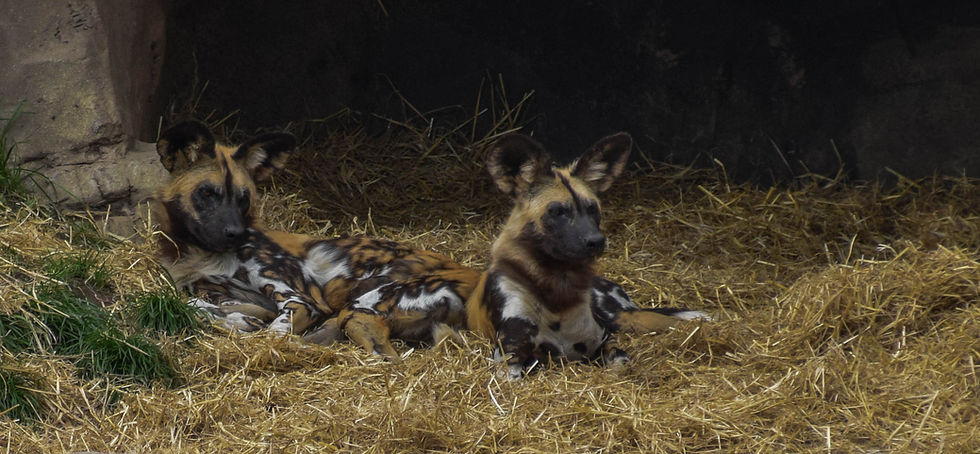
Painted dogs are listed as 'Endangered' on the IUCN Red List, with a currently decreasing population trend. I'm not going to put numbers in here, because it becomes outdated too fast! Although habitat destruction, human encroachment and therefore road traffic accidents are some of the most detrimental factors to painted dogs, they are also at risk from illegal snares placed to poach other species and are direct persecution in countries where they are still considered vermin. National parks go a long way to helping dogs maintain 'safe' ranges, the very size of painted dog territories means that often they extend past protected borders. These external zones are often more preferable hunting grounds for the dog, due to reduced competition from other packs, lower populations of predators such as lion but also the ease of domesticated livestock as prey. As packs are run by family groups they exhibit strong 'inbreeding avoidance', which ensures that individuals will break off to join and 'head' unrelated packs elsewhere. Large ranges mean that there is always a low population density of painted dogs and as habitats become more fragmented, finding and establishing new packs becomes a challenge for these animals. Although this should ensure genetic diversity this can contribute to population demise and ultimately, pack extinction! Dogs often become the unintentional victim of illegal snares placed in thick bush to poach antelope and other bush meat.
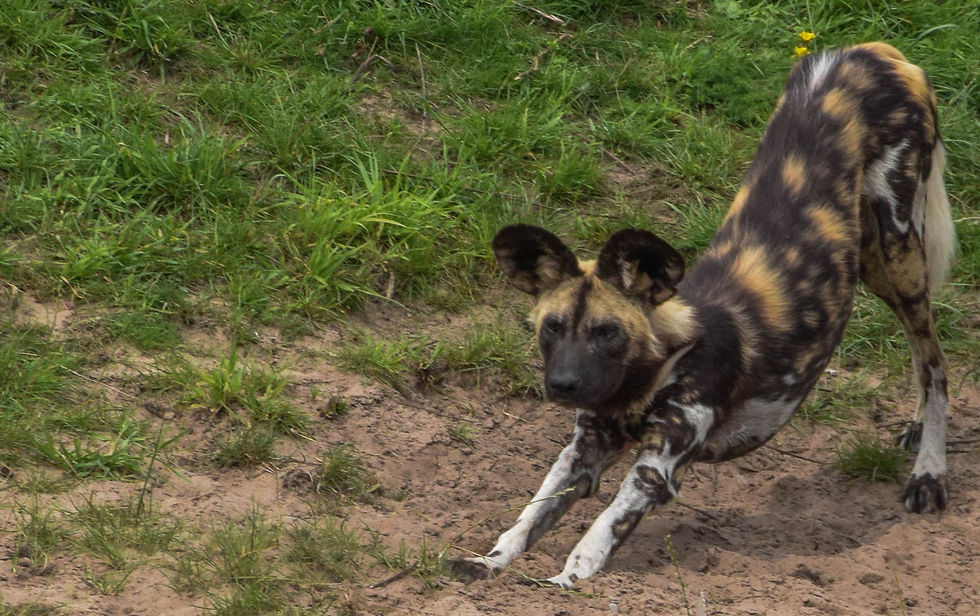
Hand-in-hand with increased proximity to human populations comes increased contact with domestic dog populations. Painted dogs are susceptible to the same infectious diseases as domestic dogs, and in many cases are often more susceptible (considered 'naïve'). Although the list of potential pathogens which can be transmitted, the two of primary concern are Canine Distemper Virus (CDV) and Rabies Virus (RV). CDV can infect most carnivores and is a subject of much research in the veterinary and conservation sphere as it is not only painted dogs for which we have concerns. For example, there has been increasing cases of confirmed CDV in tigers, again in areas where territories of wild carnivores are overlapping with human habitation. If you want to know more about that, this is another project for which WVI provides veterinary assistance.
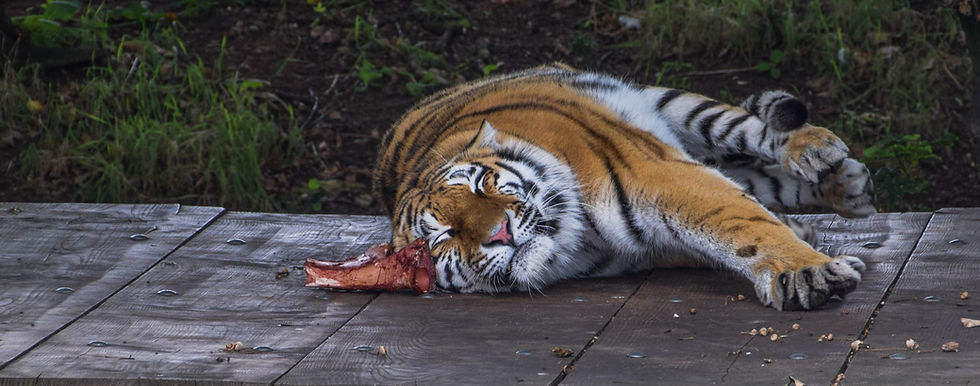
With regards to RV, any mammal is susceptible and it is a huge zoonotic concern. Control of both these diseases is known to be successful through vaccination of domestic dog populations.
Can we fix it?
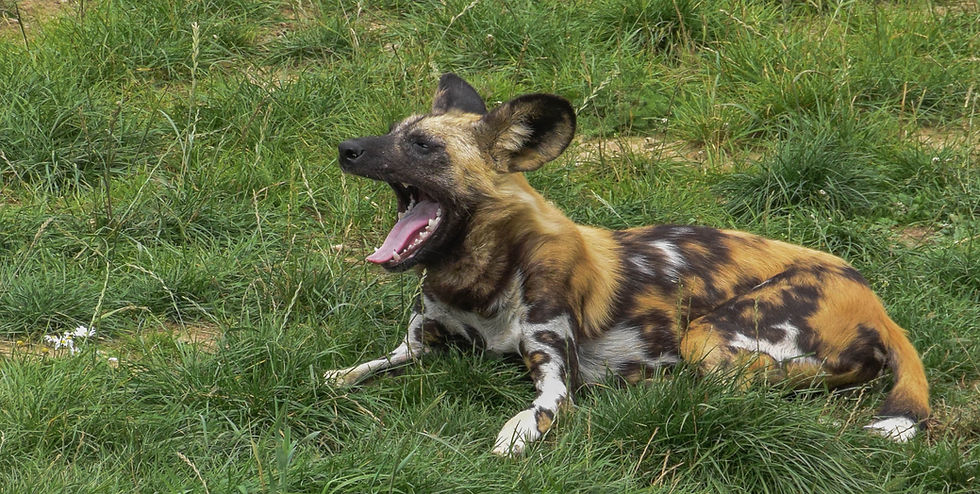
..Bob the Builder might say so, but the reality is a little more complex (surprise, surprise)! Both vaccines for CDV and RV are effective in domestic dogs, and rabies vaccination has been attributed to the massive reduction in human rabies infections and fatalities. I think we can all agree RV, is a pretty big deal! The difficulty is found when trying to ascertain how best to protect the painted dogs. It is not really known whether there are other wildlife reservoirs of CDV in the national parks which could infect painted dogs, or whether the only source is domestic dogs. The ideal way of protecting painted dogs would be direct vaccination, but inactive vaccination has shown poor efficacy and the live vaccine presents a high risk of reverting to virulence, which could decimate the population. So, conservationists are stuck between a rock and a very hard place. Current schools of thought are continuing the vaccination programs with domestic dog populations, whilst further investigating the epidemiology of the disease elsewhere in the parks.
The PDC are a charity based in Hwange National Park, Zimbabwe, who, through employing local staff and providing extensive outreach programs are educating people to reduce human-wildlife conflict, across the species'. This has led to an increased value and understanding of wildlife, reduced laying of illegal snares and encouraged better security of livestock and pets. These are important and lasting steps to ensure the future protection of painted dogs in the area. Check PDC's website out here.
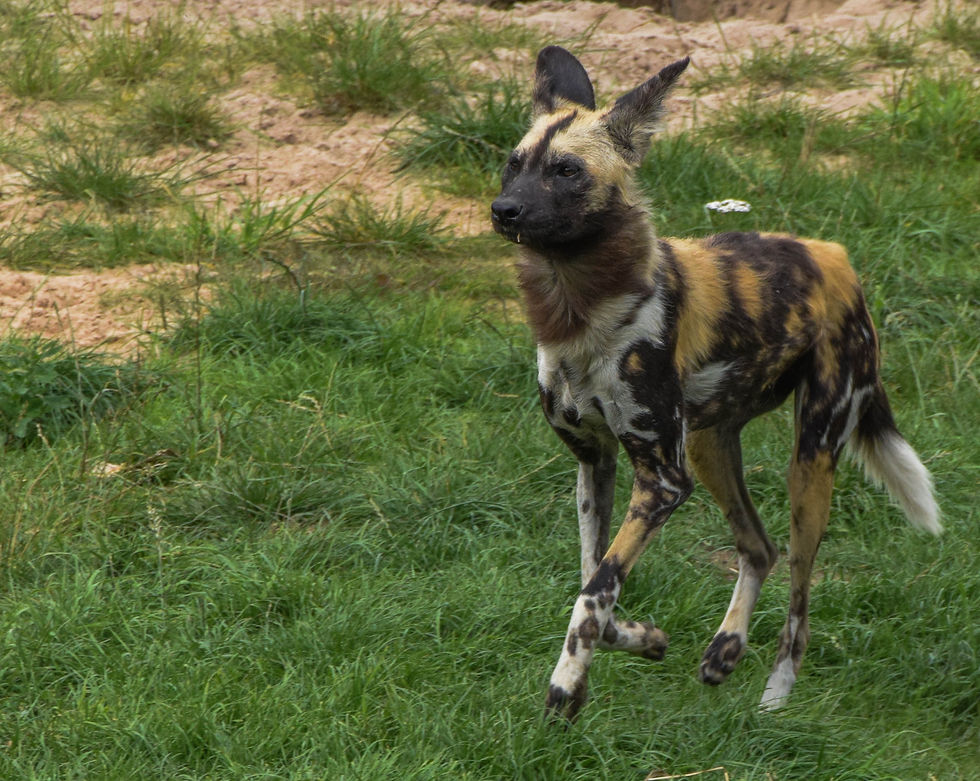

With regard to disease prevention - this is where WVI come in! To read some more detailed information, see WVI's page. The PDC are continuing with the vaccination program they established 6 years ago to vaccinate domestic dogs in villages within the local area. Whilst vaccinating for both CDV and RV, we will also castrate male dogs and treat all animals for parasites and provide first aid. Castration serves many purposes: population control, reduced aggression and reduced roaming activity, all of which contributes to reduced transmission of infectious diseases. Despite possibilities of other sources of CDV, the importance of vaccination of domestic dogs for animal and human health and welfare is undeniable therefore any attempt to reduce the spread of disease is worth doing, in my book!

To find out more about Painted Dog behaviour and 'social-life', this website is very informative however it is rather outdated!
More academic papers include:
"Vaccination strategies to conserve the endangered African wild dog" KC Prager et al., 2011
"Epizootic canine distemper virus infection among wild mammals" Y. Kameo et al., 2012
There are plenty more out there to keep you busy, but these are both recent and relevant to WVI's work!







Comments